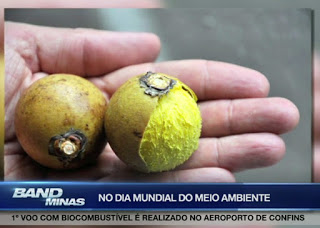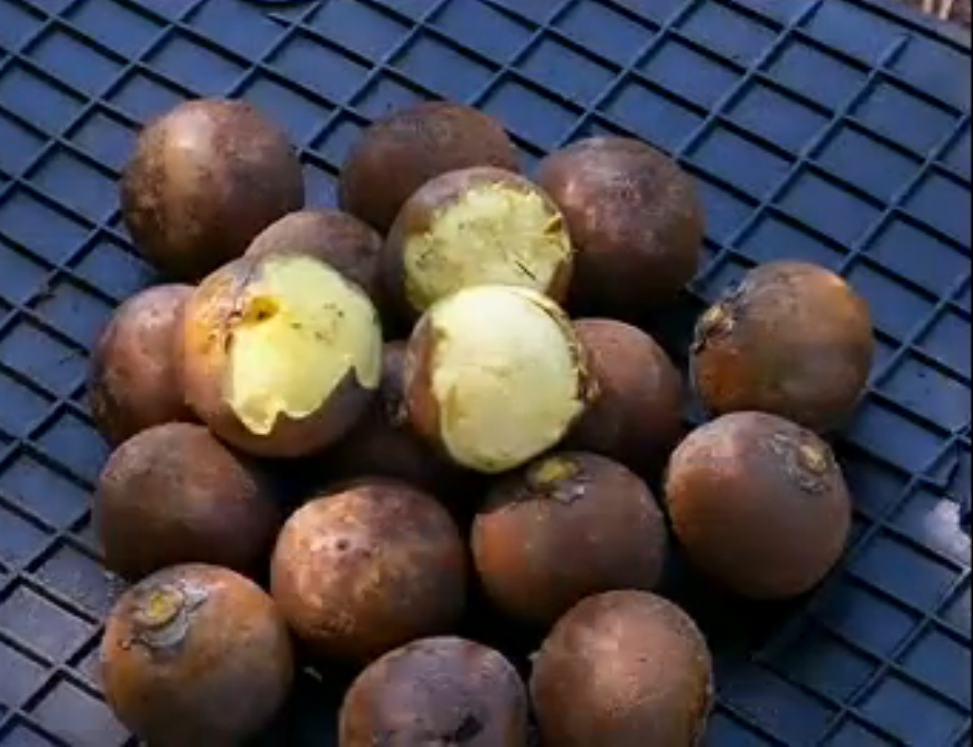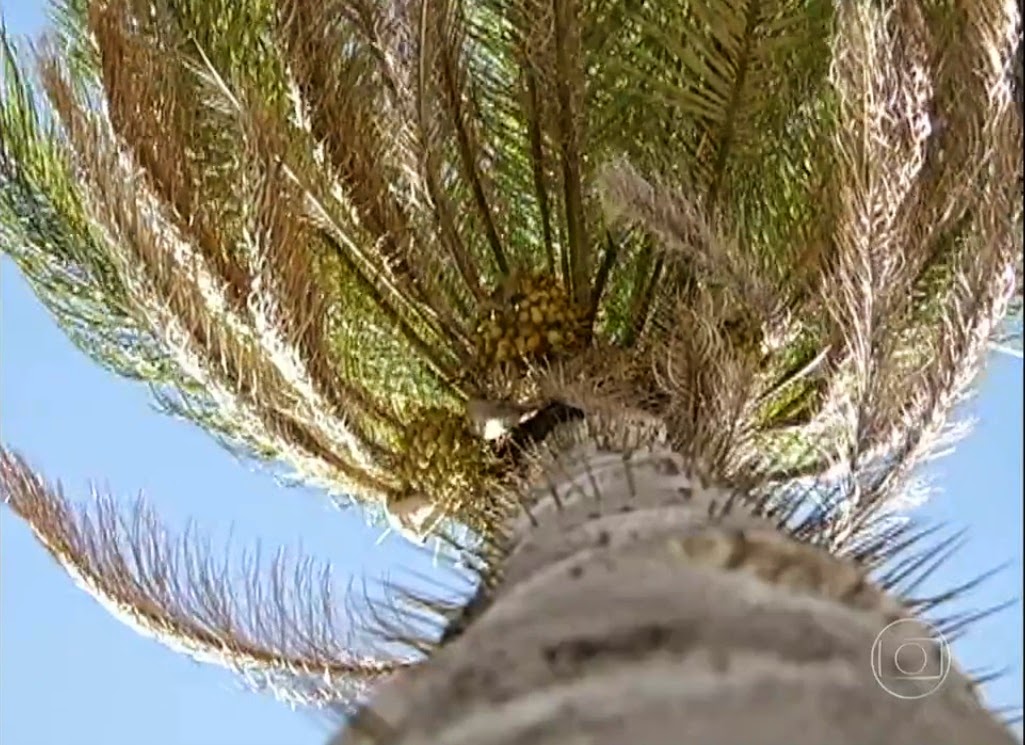The weapon against global warming: a carbon-eating microbe
sexta-feira, março 18, 2022
A single-cellmicromicro capable of isolating carbon naturally has been researched by scientists as a possible solution to the rising acidification temperature of the oceans – both, consequences of man-made global warming.
According to the study published in Nature Communications, this new species is abundant in the world and basically makes photosynthesis and produces a carbon-rich polymer that attracts other microbes, immobilizing them. So this species devours its prey and abandons this polymer, which will sink due to its weight, to the bottom of the ocean.
According to the marine biologist responsible for the study, Dr. Michaela Larsson, this is the first time this behavior has been demonstrated in research.
The microbe in question – called Prorocentrum cf. balticum – is a phytoplankton, according to the expert. Beings of this type are able to perform photosynthesis, but also to extract additional nutrients dissolved in water. This behavior is similar in terra firme plants: even though all vegetables are able to feed by sunlight, some species – such as carnivorous plants – swallow flies and insects to expand their range of nutrition.
"The organism in our study is a 'myxotrophic' being, so it is able to devour other microbes to have a concentrated dose of nutrients, as if taking a multivitamin," Larsson said. "Having this ability to acquire nutrients in different ways means that this microbe can occupy large parts of the ocean – including those without nutrients and consequently not suitable for other phytoplankton."
Professor Martina Doblin, co-author of the study, said the discovery of the microbe species could be a differentiator in the balance of carbon dioxide (CO2) in the oceans and in the atmosphere. Per year, this single-celled being can sink something between 0.02 and 0.15 gigatons of carbon. Combining its natural use with other solutions, we could enter the minimum climate conservation parameter estimated by experts – reducing about 10 gigatons of carbon per year by 2050.
"This is an entirely new species and therefore had never been described with this volume of detail," Doblin said. "The implication is that there is more carbon sinking into the ocean than we imagined, and perhaps there is a greater potential for the ocean to capture more carbon naturally through this process, in places where we didn't think there was such a possibility."
The study should continue, now evaluating the possibility of cultivating this large-scale carbon synthesizer microbe, as well as analyzing the ability to deliver it to ocean waters where it can conduct its natural feeding process.





















0 comentários
Agradecemos seu comentário! Volte sempre :)